plus, news on the Whistler Re-release!
Read this post to discover more about the sewing machine (or machines!) you need to sew clothing.
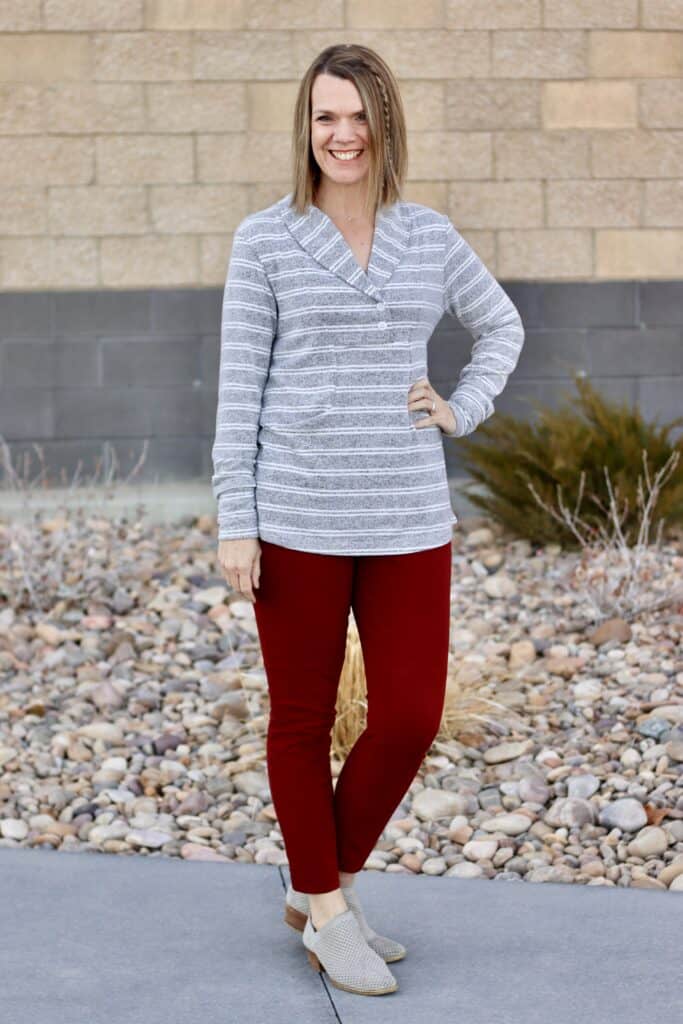
Feature Friday News: Whistler is Here!
It’s time for another Feature Friday! Today only you can get the newly updated Whistler pattern for $5! You can purchase it HERE! If you have already purchased the pattern, you can re-download it with the updates – including sizing up to 5X. The basic style is still the same, it has just been brought up to date. Confession: I was never particularly drawn to the Whistler pattern and couldn’t really picture myself making it. However, knowing it was one of the most popular Love Notion patterns, I decided to give it a try. I was wrong – I love how it turned out! There’s something magical about it that makes it both flattering and comfortable.
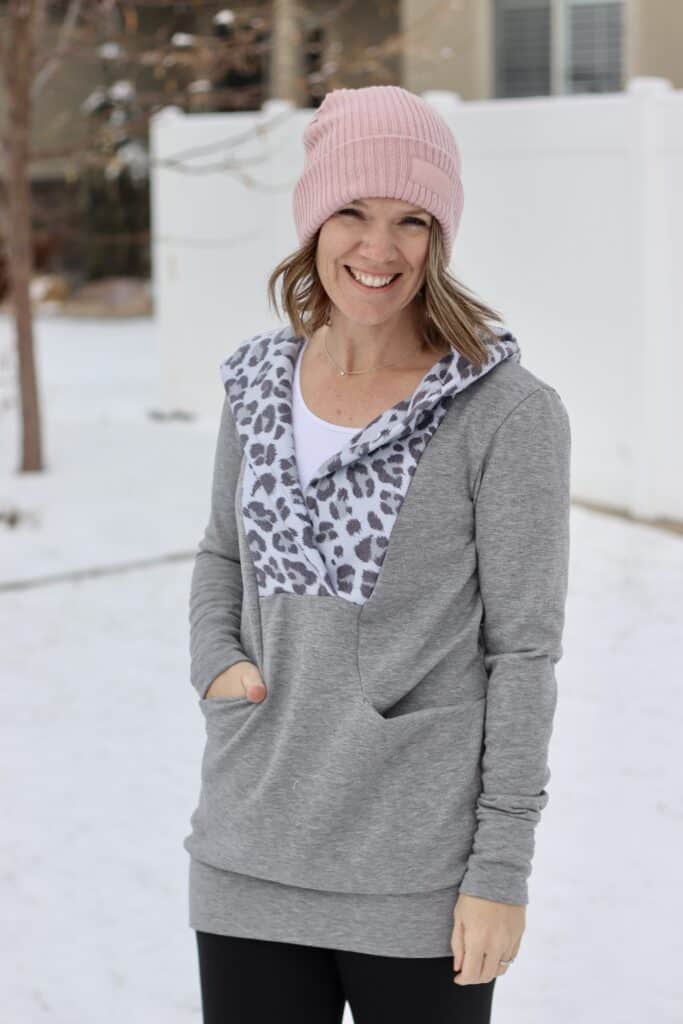
My Whistler Makes
I made two versions in two different fabrics. The first was the hooded version with the hemband. I made this in a cozy sweatshirt knit from Raspberry Creek Fabrics. Even though it doesn’t have a lot of stretch, it still worked great and is so soft to wear! We just happened to get a snowstorm the day I made this and I couldn’t resist some pictures in the snow. I paired it with some fleece-backed leggings for an easy lounging outfit, but it looks just as cute with a pair of jeans and some sneakers.
My second version is made from a sweater knit I got from Cali Fabrics. This version has the shirt hem and shawl collar. I did use a stripe and had to think a little harder to make them all match – but it worked! I like that this version can be dressed up if I want. I paired it with a pair of slacks and some boots and wore it to dinner with my in-laws. I was super cozy and comfy, but looked dressed up. I also found that this version looks fantastic with my everyday jeans and sneakers. You really can’t go wrong! This fabric has a lot more stretch than the sweatshirting and has more drape. Both are great fabrics, they just give a slightly different look.
What is the best machine to get? Do I need a serger? What is the difference between a coverstitch and a serger?
Now let’s talk Sewing Machines!
Now that we’ve covered the Whistler pattern (did I mention it’s only $5 today?! Grab it HERE!), I want to talk about the main tool needed for making the Whistler or any Love Notions pattern – the sewing machine!!
One of the most common questions I see across all the sewing groups I’m a part of has to do with sewing machines. Just to name a few: What is the best machine to get? Do I need a serger? What is the difference between a coverstitch and a serger?
I like to think of shopping for a sewing machine like buying a car.
There are so many different makes and models out there and it’s up to you to decide what it is you need and want, as well as how much you would like to spend. I decided to ask my fellow Love Notions Ambassadors to share their sewing machines with me. Guess what?! Every single one of us has a sewing machine that we love and we all have a different one! Brands include Bernina, BabyLock, Juki, Husquarna, Brother, Pfaff, Necchi, Janome, and Singer. The good news is they all are able to make the beautiful Love Notions patterns we all know and love. In this post, I’d like to cover a few things to consider when picking the machine that is right for you!
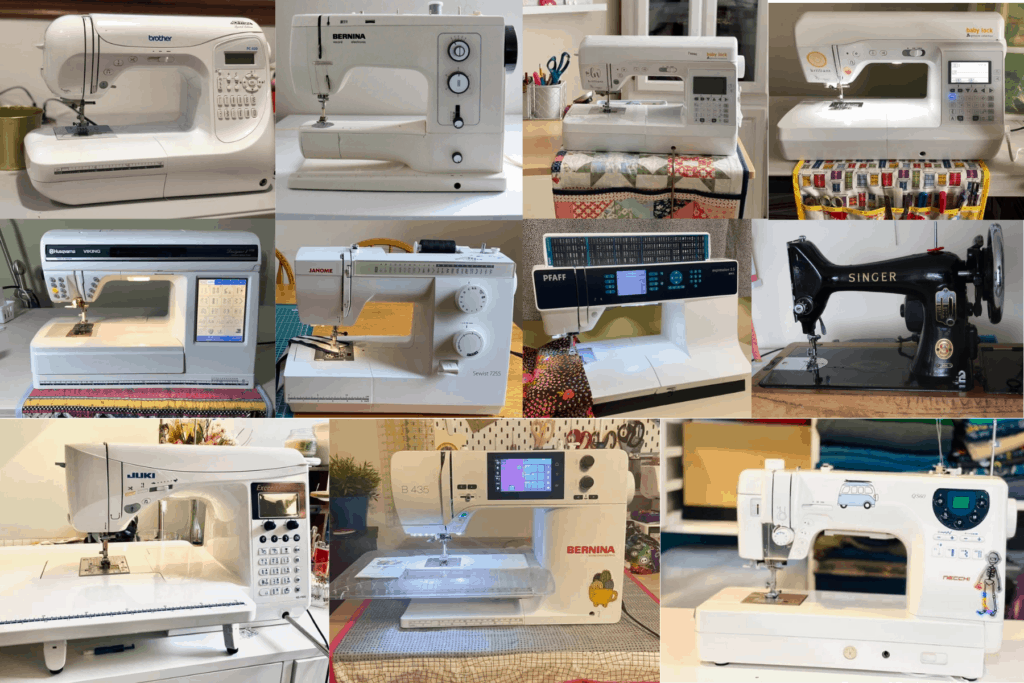
First off, let’s talk about the 3 main types of machines used for garment sewing
Sewing Machine:
This is your main machine and you can make any Love Notions pattern if you have a basic sewing machine (unless of course you are a pro with your hand sewing – I am not!). There are hundreds of different machines out there ranging from a couple hundred dollars to several thousand. Basic features include a straight stitch, zig zag stitch, the ability to adjust your stitch length and stitch width, and perhaps a buttonhole feature. Some are mechanical, others are computerized.
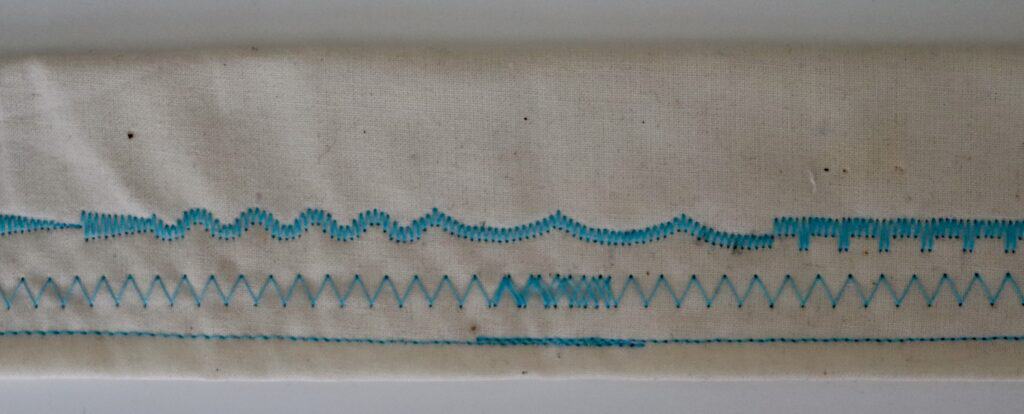
You can get machines with an automatic buttonhole, or one that you do manually. This is where you can decide what features are most important to you. It does you no good to have a machine with a million different presser feet if you only ever use one or two! I personally have three sewing machines (though two are the same and I use them for teaching and my kids). One is a Bernina Virtuosa 153 Quilters Edition. I got it in 2004 as a wedding gift from a dear friend and have put thousands of hours on it. It is a computerized machine and I have a walking foot for it.
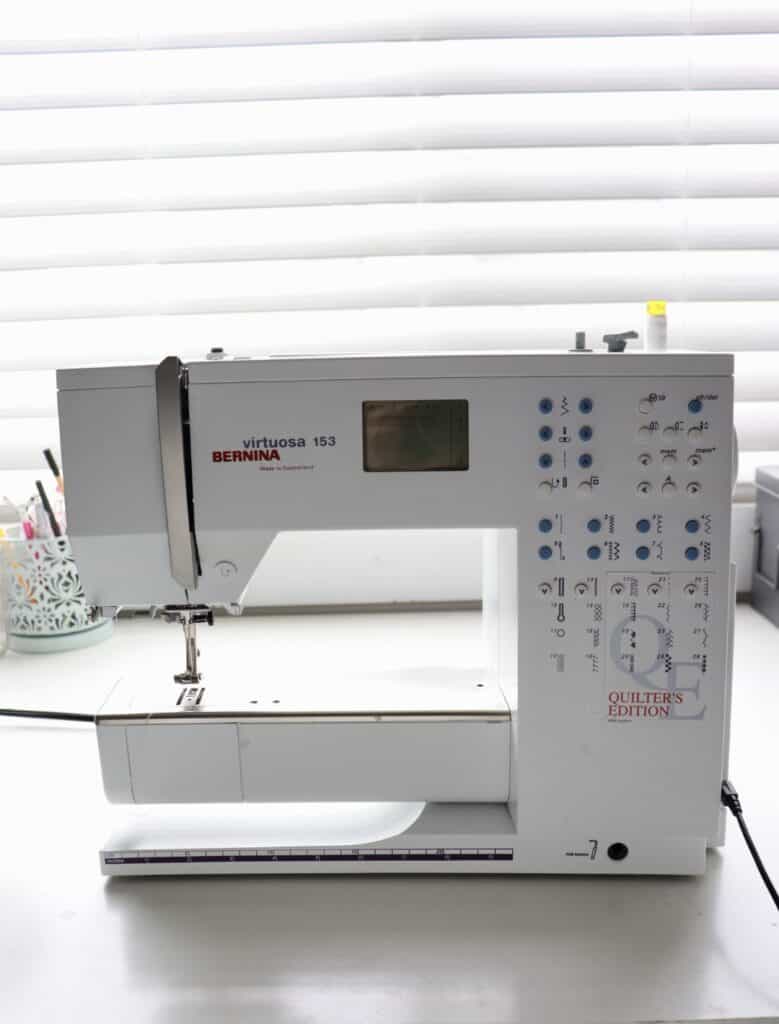
My other two sewing machines are both Bernina 830s. This is the machine my mom had growing up and I learned to sew on it. It’s very basic, but it’s completely metal and runs beautifully. It has a knob for a straight stitch, that can be adjusted to become a zig zag and has a knob to adjust the stitch length. It has a buttonhole feature that you can turn through to get a buttonhole. That’s about it, but I absolutely love sewing on it. It’s smooth and low maintenance and I get a pretty stitch. My point is, you don’t have to have all the bells and whistles in order to have a good machine. My 830 was made in 1979 – the year I was born and I picked it up secondhand for only $65! If you know what you are looking for, you can often find a used machine for much less than its value. When I had it serviced, I was told it could be worth upwards of $1500!
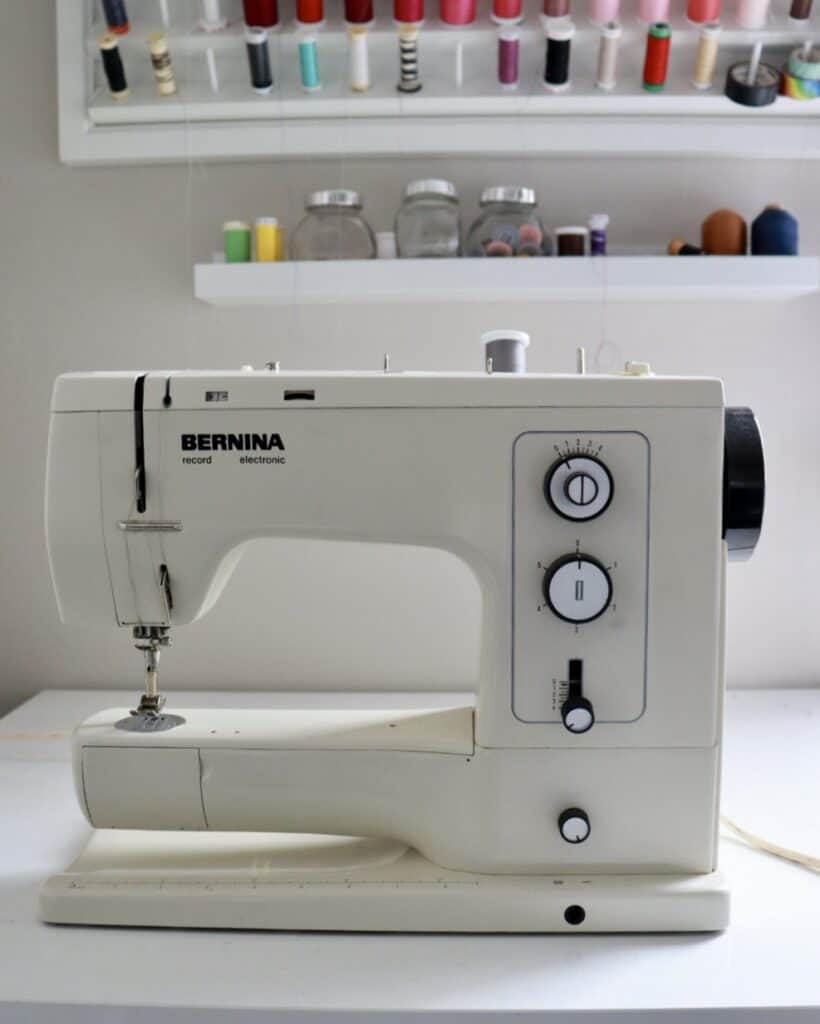
Serger/Overlocker:
The serger is a machine that finishes the edge, usually with a 3 or 4 thread stitch. It can be used on wovens or knits and usually cuts the edge off as it goes. Again, you can have something very basic or very fancy.
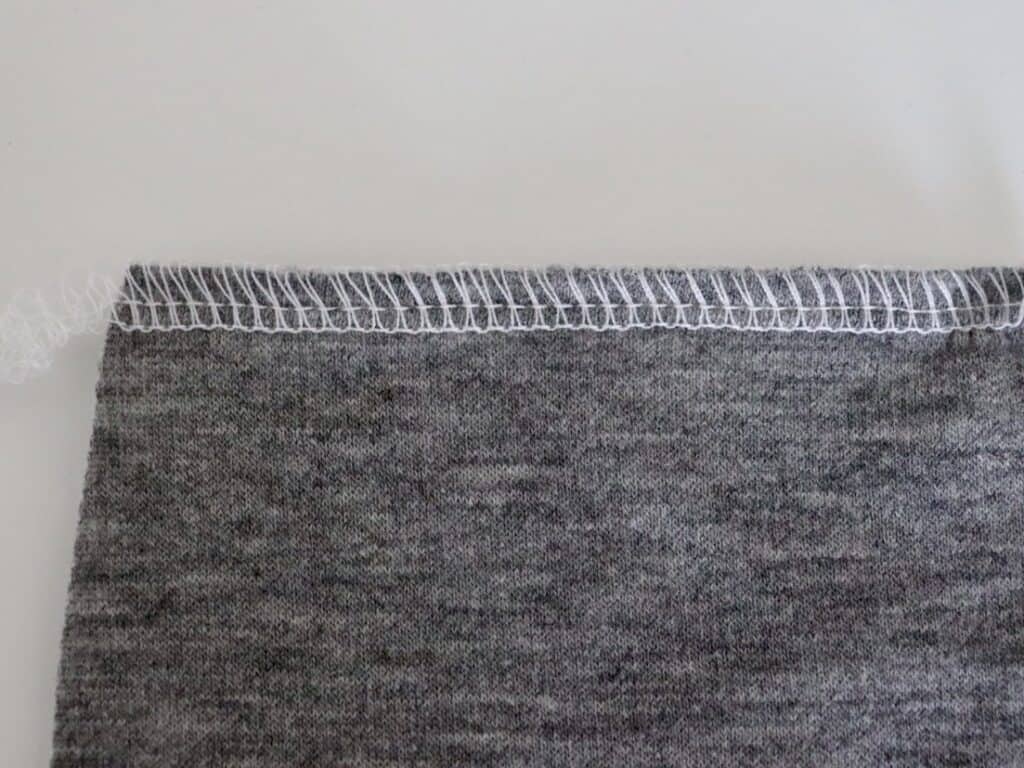
I have two sergers as well, and use them both! My first serger is a Bernette Funlock 004D. This machine came out of my high school sewing classroom and is from the late 1990s. It’s a very basic machine, but it is a workhorse! As long as it’s threaded correctly and have it tuned up occasionally, it works great. It can do a rolled hem, as well as a 3 or 4 thread stitch. I often see this machine listed for sale on online classifieds for a great price.
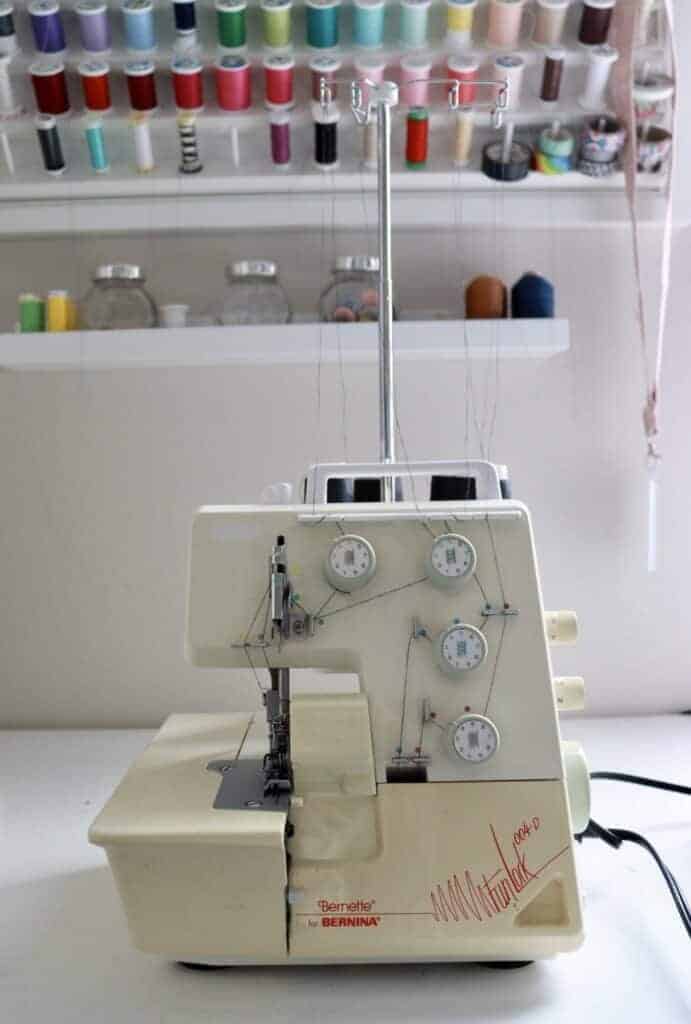
I recently got a second serger – this one is a Babylock Acclaim and is fancy! It has jet air threading and it even threads the needles for me! I’m still figuring it all out. Again my point here is that you don’t need the fanciest machine to get the job done, but you do need to know and understand your machine. The last time I had my old serger serviced the technician told me that it would never die as long as I knew how to thread it and adjust the tension, and kept it tuned up. There are some very budget friendly entry level sergers you can get – the Brother 1034D comes to mind. While a serger isn’t necessary, it does create a nice finish that can make your projects look more professional. There are lots of other ways to finish your edges if you don’t have a serger.
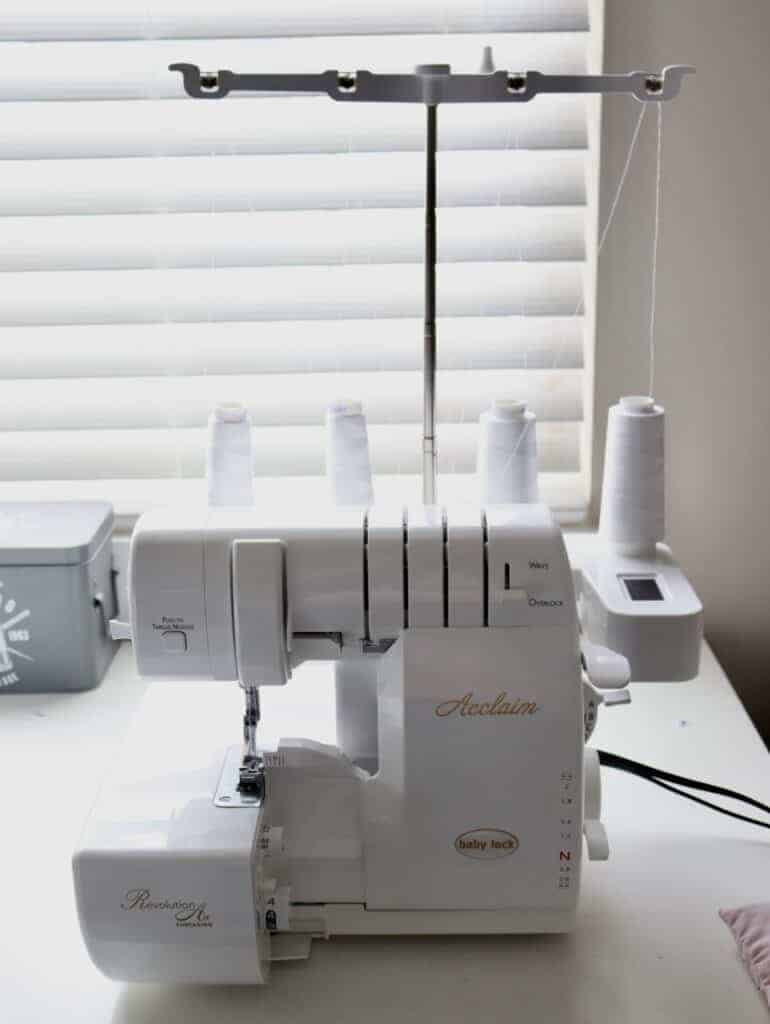
Coverstitch:
A coverstitch machine is a machine that is mostly used for hemming knits. It creates that look on your t-shirt hem where it has the stitching on one side and it looks like a serger stitch on the backside. If you sew a lot of knits, this is a machine that can also elevate your makes from good to great. That said, you can get a similar look with a twin needle on your sewing machine. If you mainly sew wovens, a coverstitch machine isn’t particularly necessary.
I’ve had my coverstitch machine for about 3 years. I have a Janome 1000CPX and it works great for what I need it to do. I use it for hemming knits or adding a binding. It can also be good for topstitching on some garments. Because I had never used one, I chose to go the Amazon route when there was a deal with this and got a less expensive machine. I know that if I want to upgrade I have taken good care of it and could resell it.
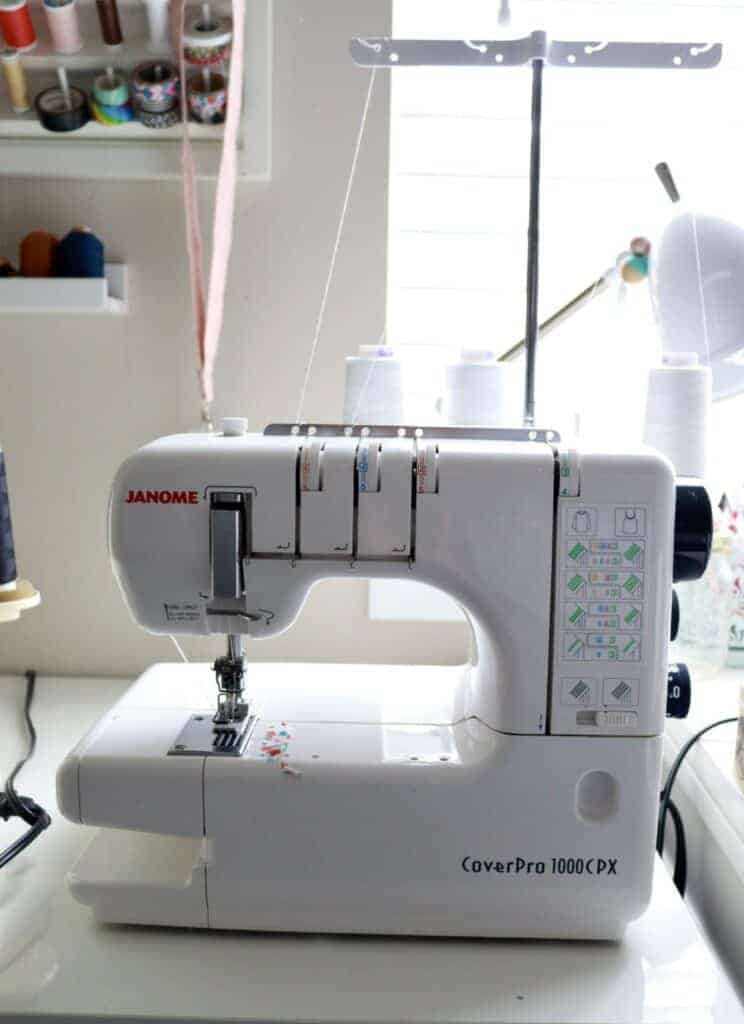
How to select a sewing machine that’s right for you
One of the most helpful things you can do when selecting a machine, is visit your local dealer. If you don’t have a dealer close by you can always call one closest you. You may visit one or two dealers to see more brands of machines depending on what is available in your area. While there are lots of great options online, in a store you can test drive different machines as well as find out what kinds of classes and resources are available.
You can also ask about maintenance options. Finding a good service technician and keeping your machines up to date on basic service can prolong the life of your machine. It also can help you to know what can be fixed and what can’t. For example, when I got my coverstitch machine, I learned that my favorite service technician couldn’t guarantee he would work on it. I still decided to go ahead and keep it – knowing that if it broke it probably wouldn’t be worth repairing. But the price was right and I knew I would take good care of it. It’s been great for me! I recommend looking at how the machine is made. A cheap or poorly made machine won’t last nearly as long as a well made machine, regardless of how many bells and whistles it has.
To summarize, here are a couple basic questions to ask yourself as you shop for a new machine – whether it be a basic machine, serger, or coverstitch.
- What is my budget?
- What kind of sewing do I like to do?
- What features are important to me?
- What options do I have for servicing my machine?
- Are there classes available to learn to use my machine?
…using the right tools can make all the difference.
Sewing is a wonderful hobby and using the right tools can make all the difference. Don’t forget to be patient with yourself as you learn, but also recognize that sometimes frustrations can come from not using the best tool. If you are looking for some information on some of the most mechanically sound machines in all price ranges, check out this article HERE. (I am not affiliated with this shop in any way, but found the information here very helpful!)
Sewing Machines for the Whistler
The Whistler is a pattern that can be made with just a sewing machine, or with all three! I used my sewing machine to sew it together, then I finished my seams with my serger. This isn’t totally necessary because the knit fibers don’t fray, but it does give it a nice finish. I hemmed my striped version using the coverstitch, but you could also sew it with a stretch stitch or twin needles. There are some great vidoes to help you through the tricky parts and once you make those pockets you will feel like you have leveled up your sewing! It’s a beautiful pattern and I suggest you add it to your collection today!
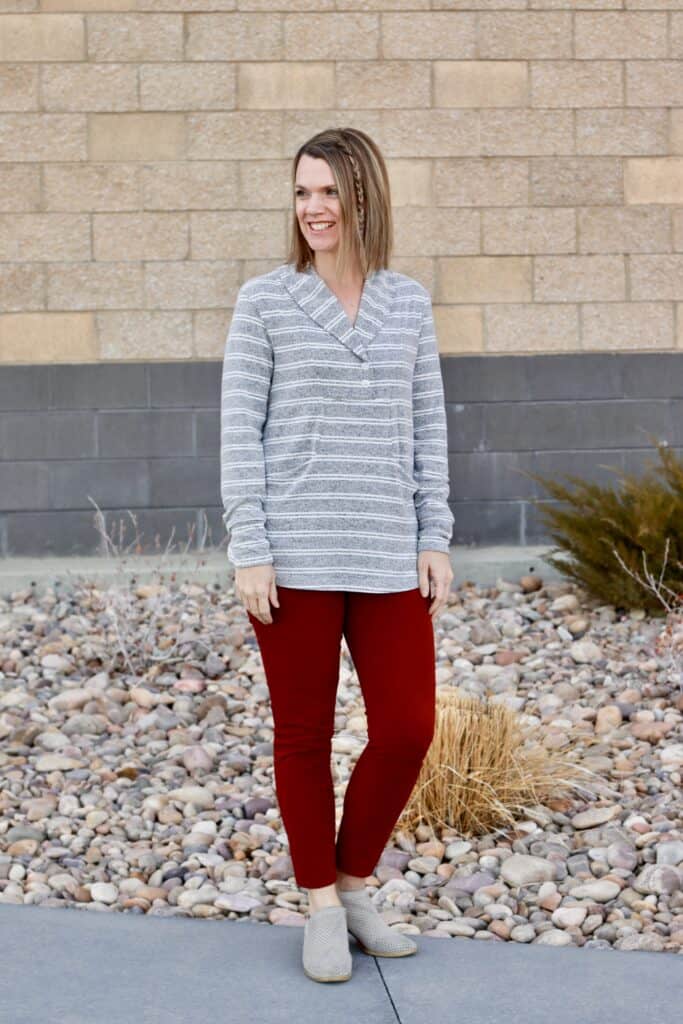
Save this to your Pinterest Board
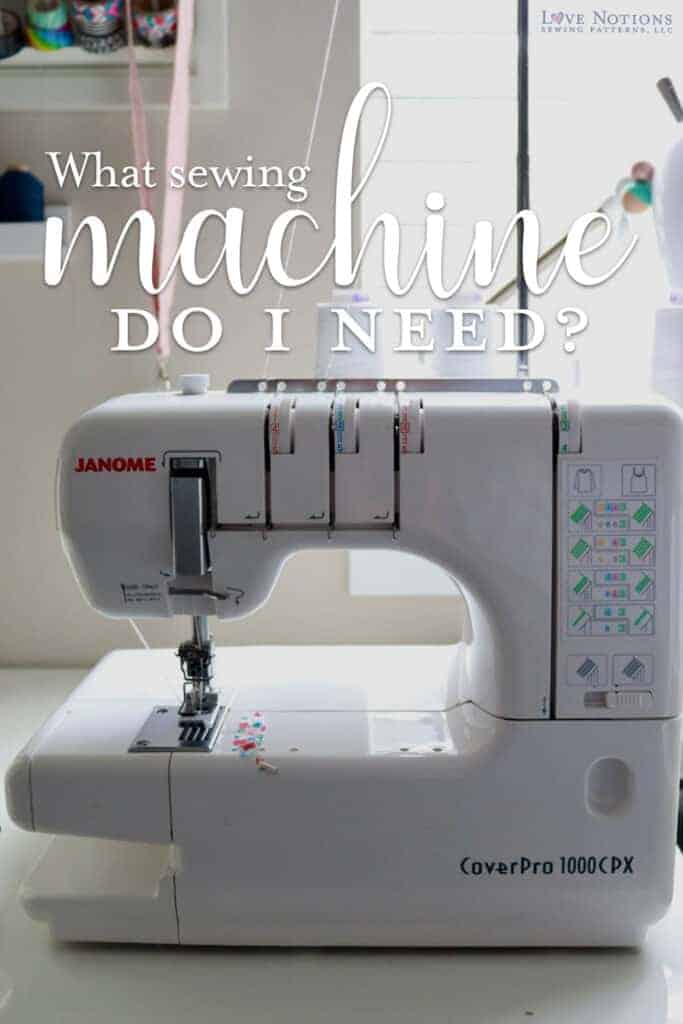

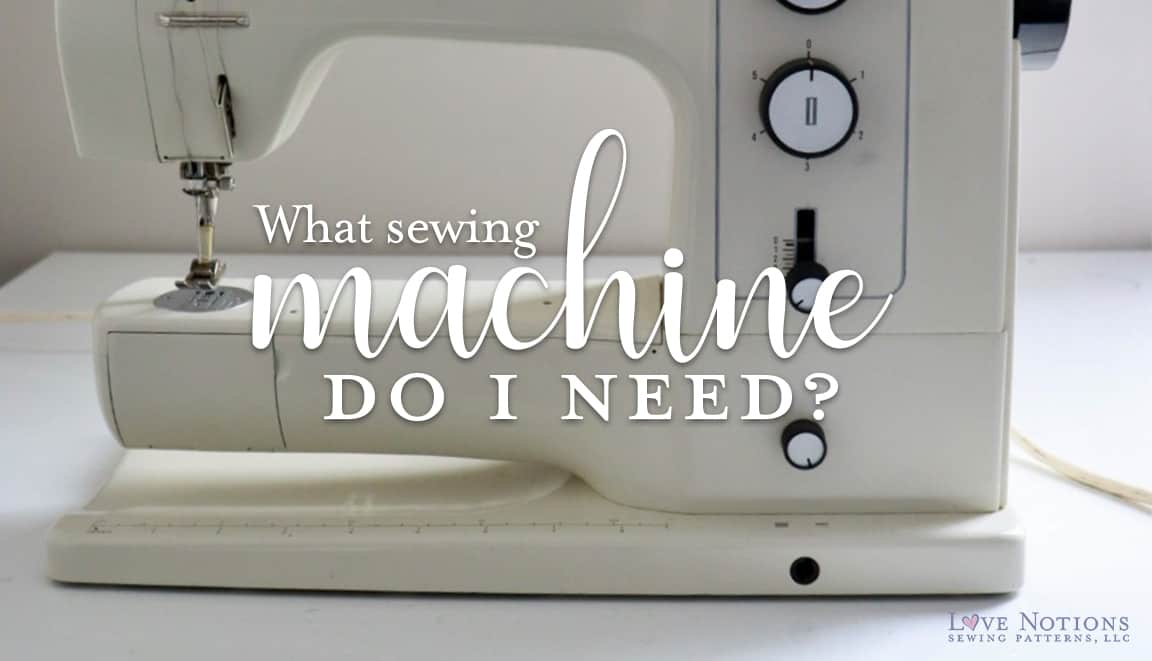
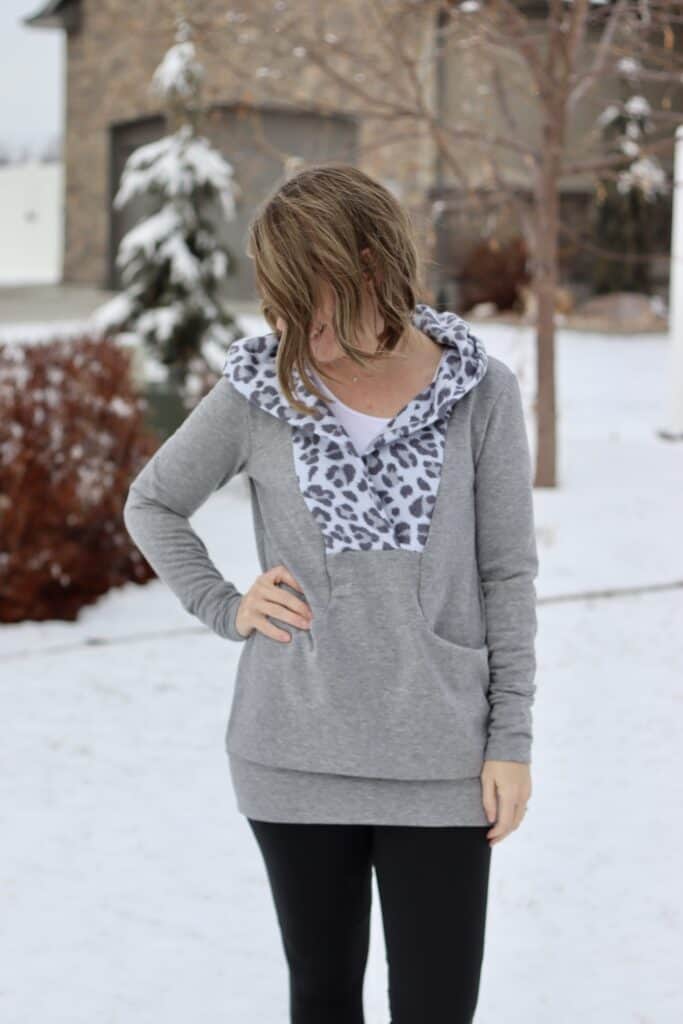
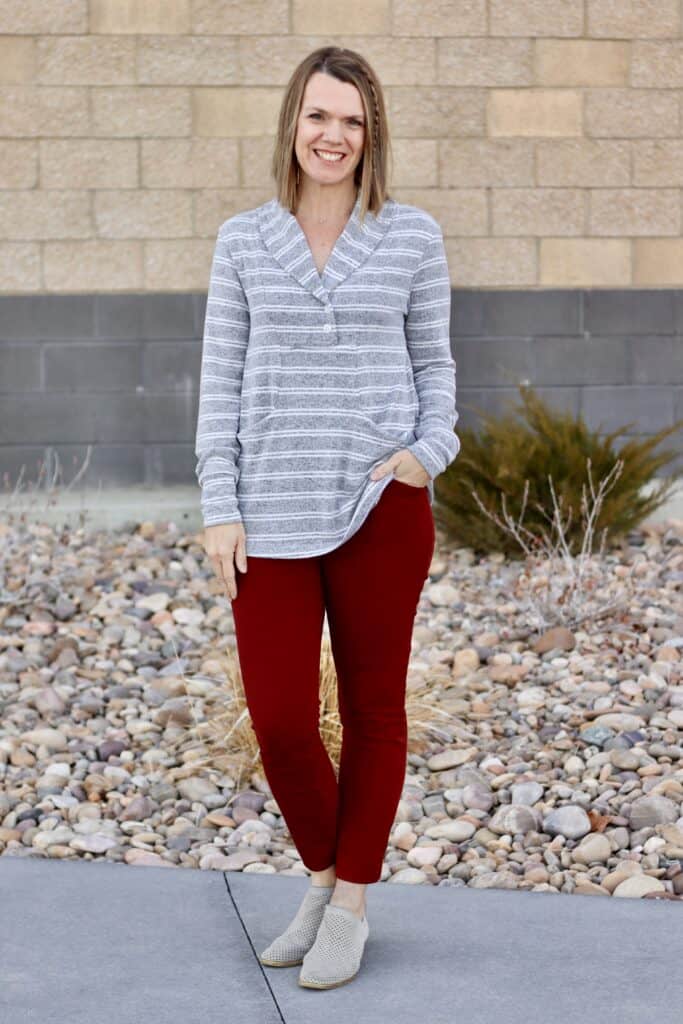
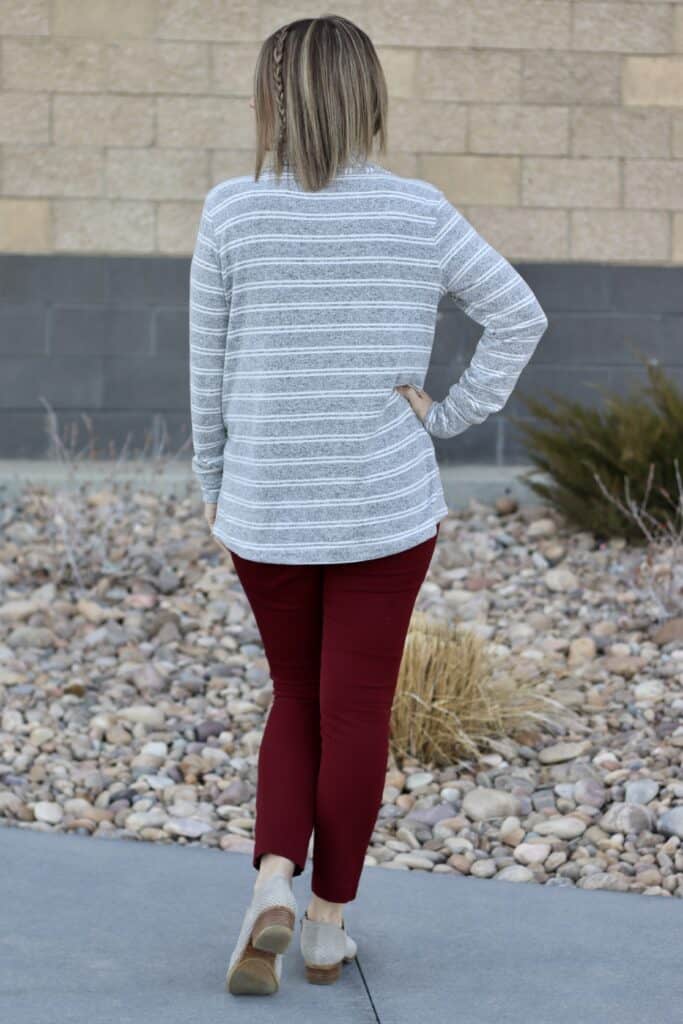
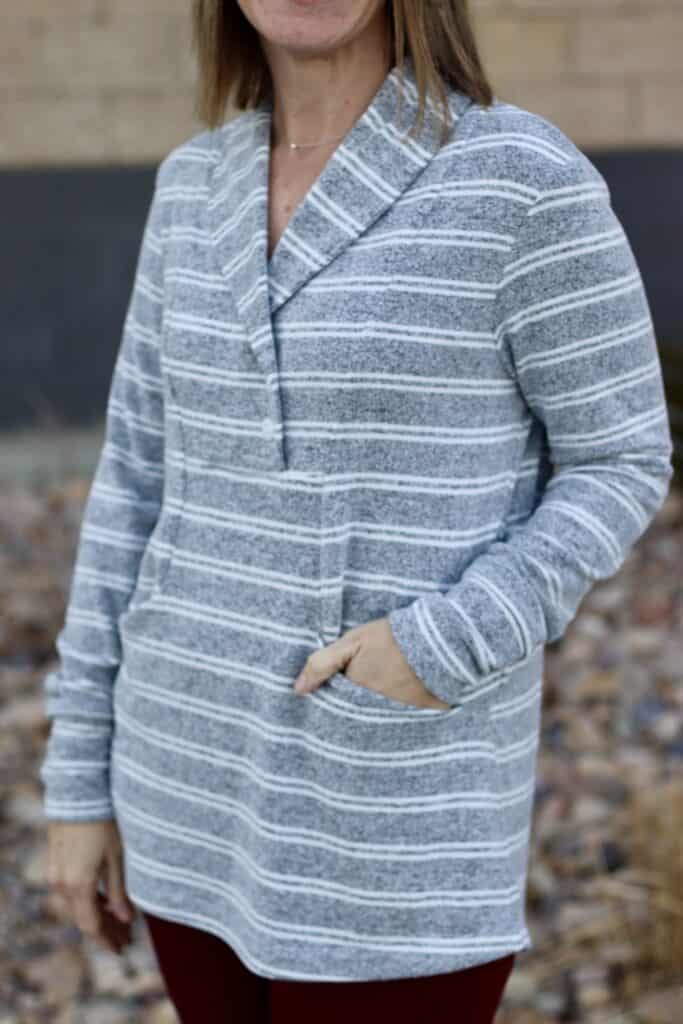
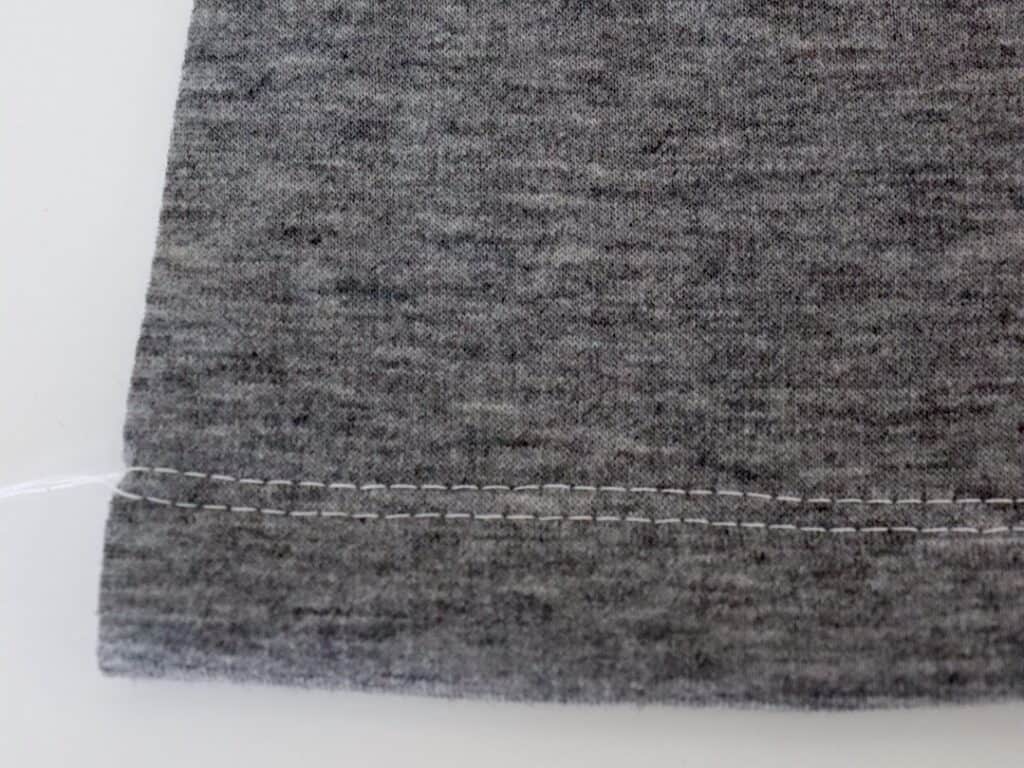
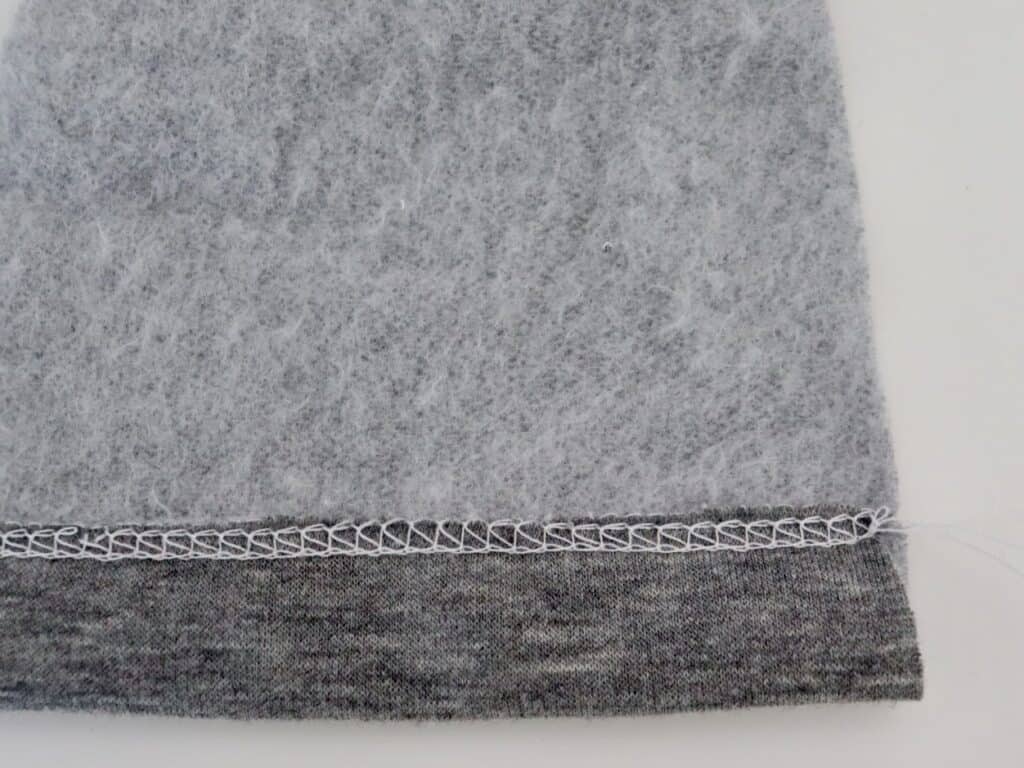
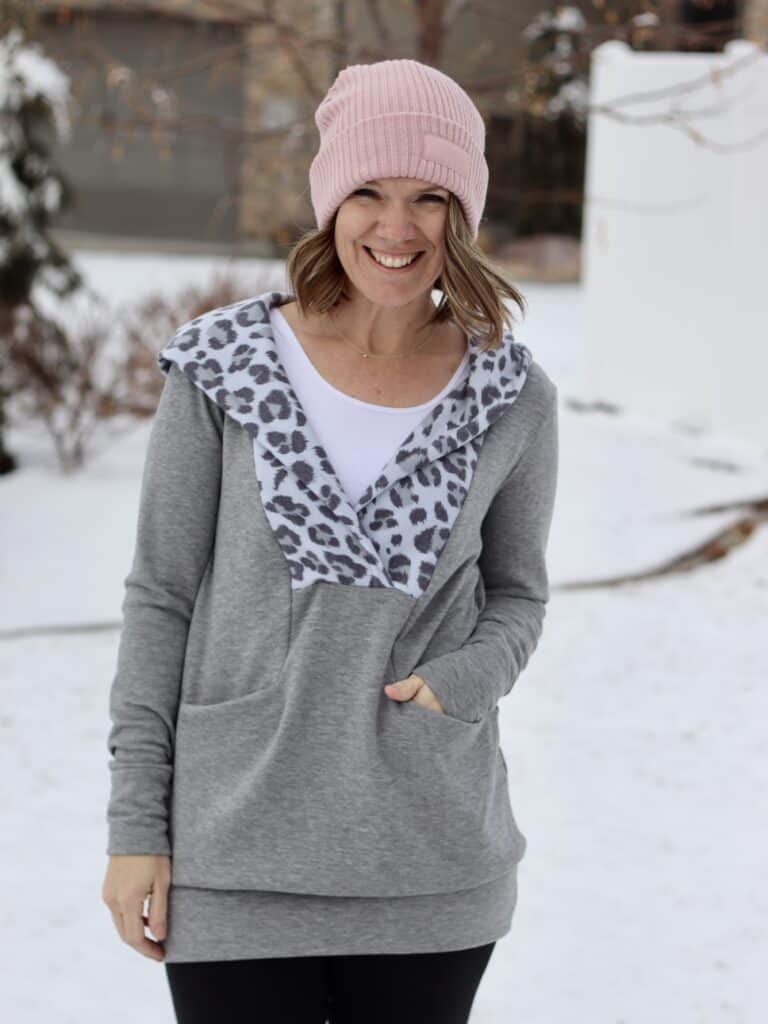
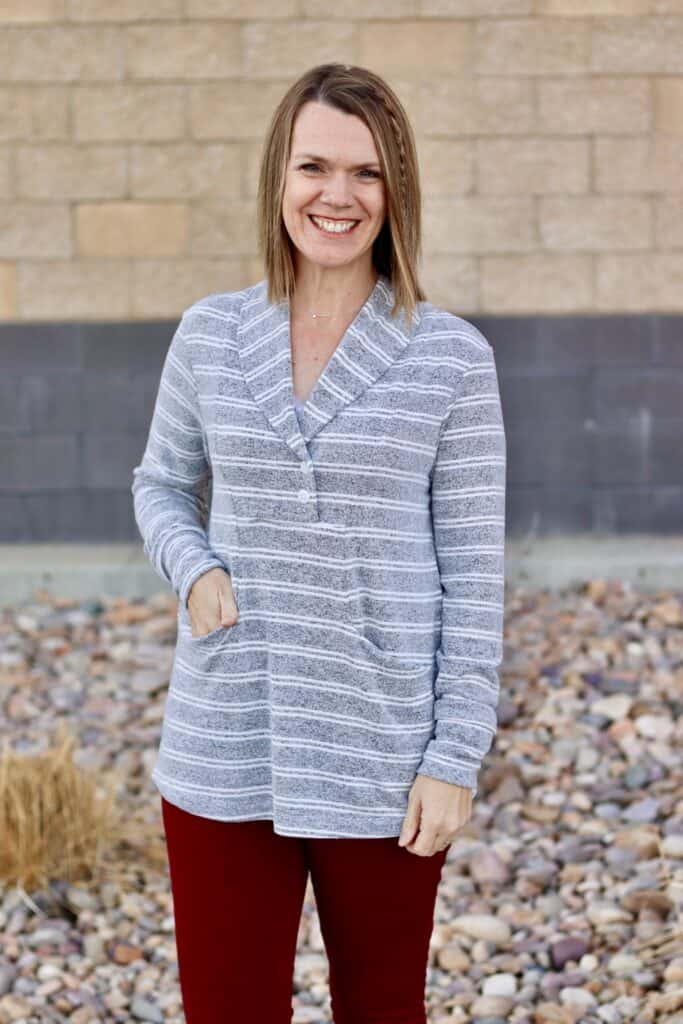





I cannot wait to read your reviews of the machine…I wish I could justify getting a new one…LOL
I know! Don’t we just want all the machines? 😀 ~K
I have that old Bernina too! Mine was originally purchased in 1977, the year before I was born by my grandmothers best friend. My grandmother taught her to sew on it and when she passed her husband gave it to my grandmother and then when I wanted to learn to sew she gave it to me. I have done clothes with her before but since she’s been gone I’ve only made easy things like baby blankets and kitchen linens. I’m trying to get brave enough to make some clothes all by myself! Haha.
So awesome to hear how that machine passed down generations! You should definitely work up the courage to try garment sewing! It’s so much fun I promise! ~K
Hi! Like your site. Although a generation ahead of you, I like your take on the machines. I have a Bernina 910 sewing machine that I’ve had, original owner, since the early 80’s, I love it and would never trade for bells and whistles. I also have a Bernette Funlock 004D, again the original owner, since 1992. I love it! I recently discovered in the little pack that during the free classes I took to learn how to use/maintain it that it does a coverstitch. The problem is that although I took the classes I don’t remember how to get it to make the coverstitch. All I have is the swatch of jersey with the coverstitch on it. I know that the class teachers showed us several wonderful things the serger could do that was not in the user manual. It’s clear that is what this is as the swatch was wadded up with a lot of other sample stitches I was shown how to do. I’d really like to figure this out as at my age I don’t want to buy another machine just to do something I know my server can do. I’ve tried to find a tutorial on line but no luck. Can you help me?
Hi Clancy. I wonder if you can find any Bernina and Bernette machine groups on Facebook so you can get better assistance. Or maybe you can find some videos on Youtube? I had a google search and didn’t find anything on that model’s ability to convert to a coverstitch. So sorry I couldn’t be of more help. I hope you figure it out soon! ~K